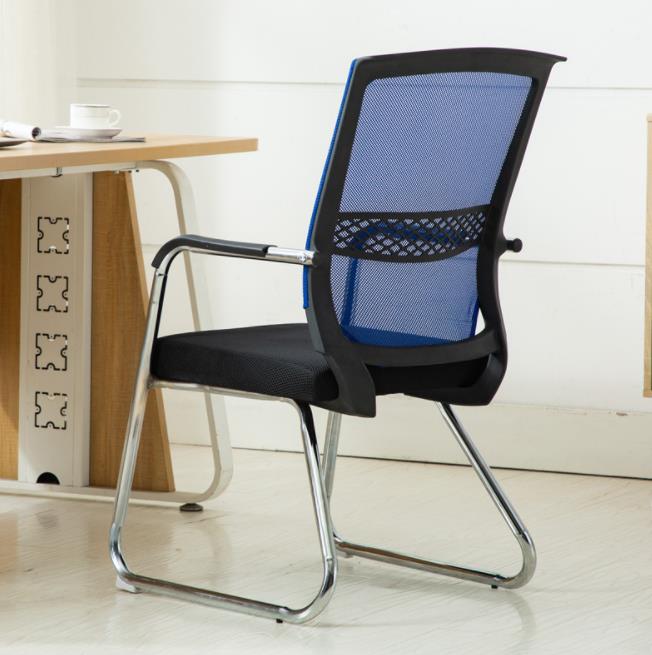Designing inclusive seating office chairs that accommodate all body types requires considering a range of factors, including adjustability, comfort, and support. Here are some features and considerations to make office chairs more inclusive:
- Adjustable seat height: Office chairs should have a height adjustment mechanism to accommodate individuals of different heights. Ideally, the chair should allow the user’s feet to rest flat on the floor with thighs parallel to the ground.
- Adjustable seat depth: A seat with adjustable depth allows users to position the chair’s depth to support their thighs comfortably without causing pressure on the back of the knees.
- Lumbar support: Adequate lumbar support is crucial for promoting a healthy sitting posture and preventing back pain. The lumbar support should be adjustable in both height and depth to cater to various body types.
- Adjustable armrests: Office chairs with adjustable armrests enable users to position them at a height that supports the arms comfortably while typing or performing other tasks. The armrests should not hinder the user from getting close to their work surface.
- Width and depth of the seat: Chairs with a wider and deeper seat can accommodate individuals with larger body frames.
- Weight capacity: Ensure that the chair’s weight capacity is sufficient to support individuals of varying weights.
- Swivel and mobility: A swiveling base and smooth mobility allow users to move freely and access different areas of their workspace without straining.
- Breathable materials: Choose materials for the chair’s seat and backrest that are breathable and comfortable for long periods of sitting.
- Ergonomic design: An ergonomically designed chair supports the natural curves of the spine and promotes a neutral sitting posture.
- Testing with diverse users: When designing inclusive seating office chairs, involve individuals with different body types in the testing process. This helps identify potential issues and ensure the chair’s suitability for a diverse range of users.
- Certification standards: Look for office chairs that meet recognized ergonomic and safety standards, such as BIFMA (Business and Institutional Furniture Manufacturers Association) certifications.
- Customizable options: Offering customizable features in the chair, such as different seat sizes or additional padding options, allows users to tailor the chair to their specific needs.
By incorporating these features and considerations, office chairs can be designed to accommodate a wide range of body types, promoting inclusivity and comfort for all users in the workspace.







